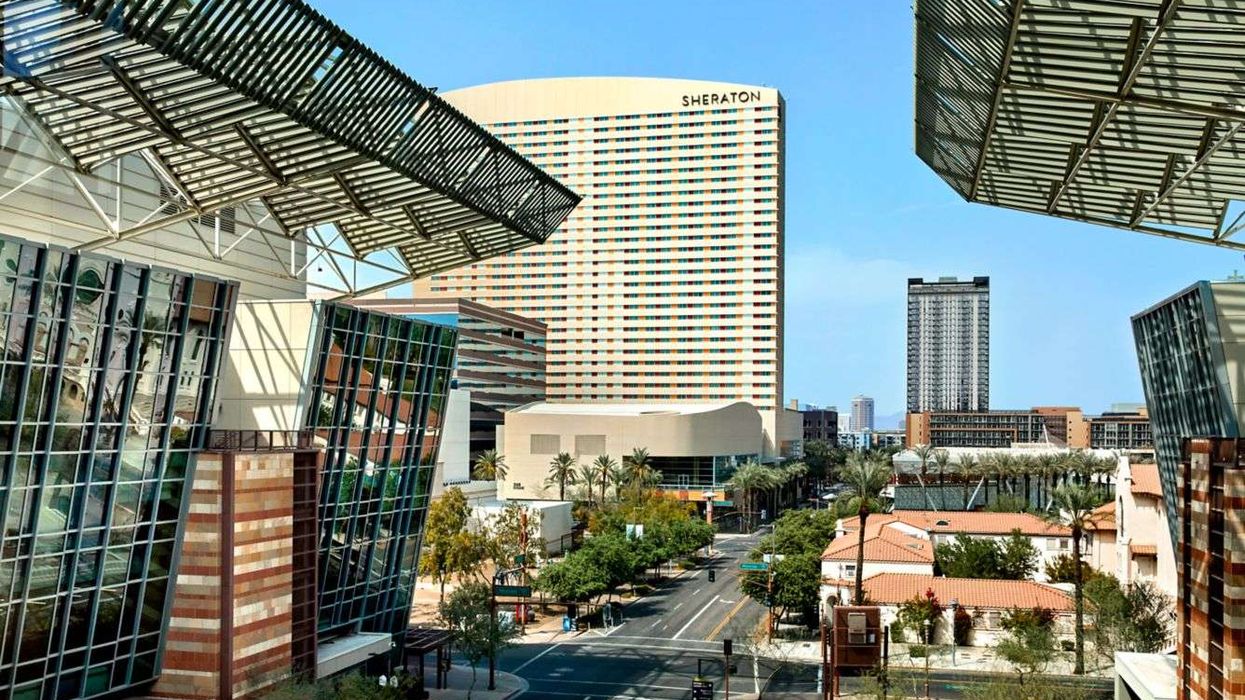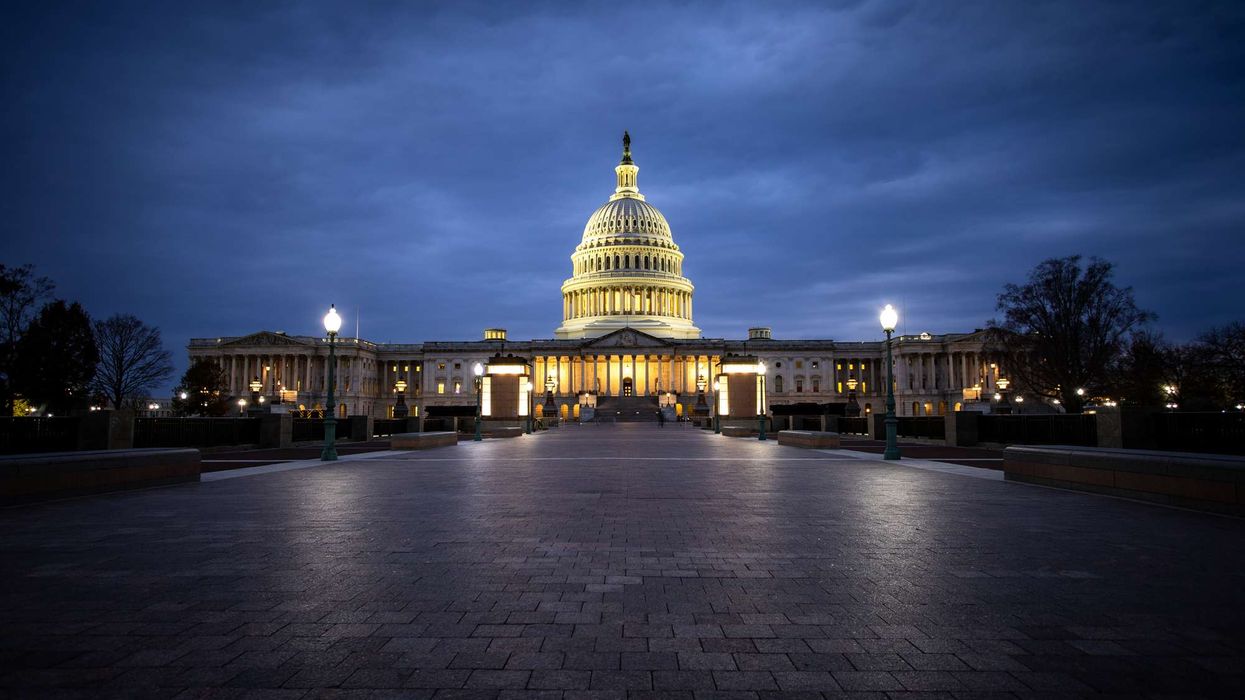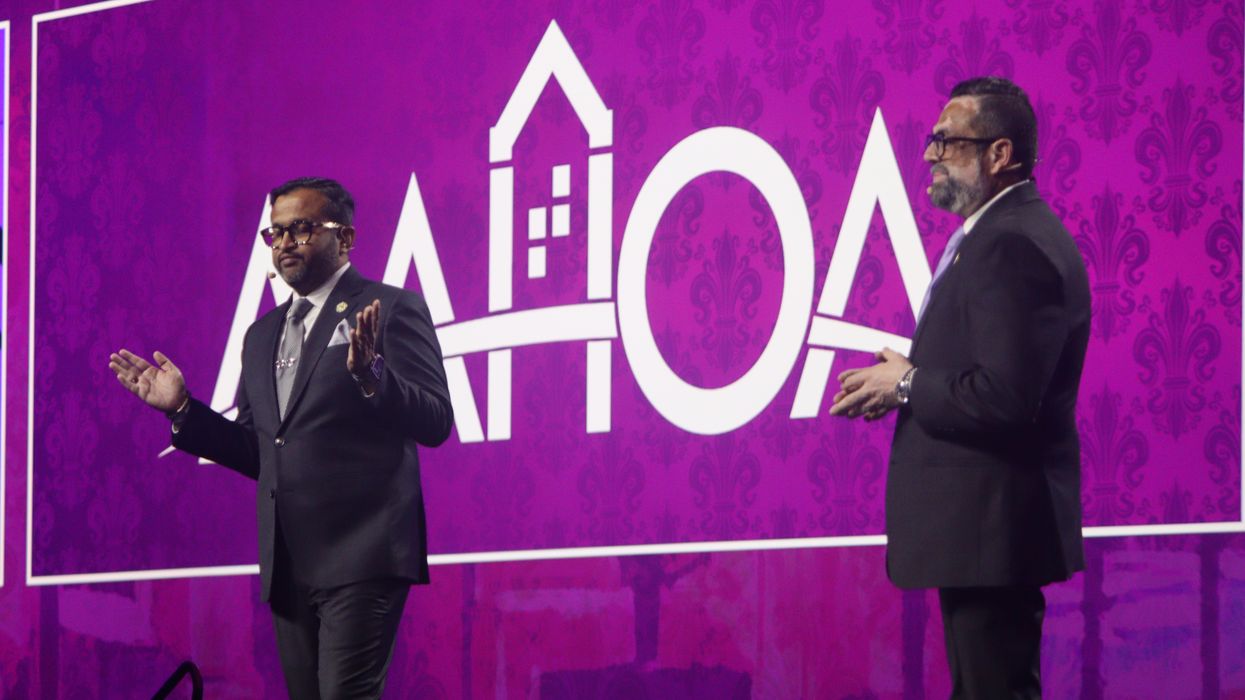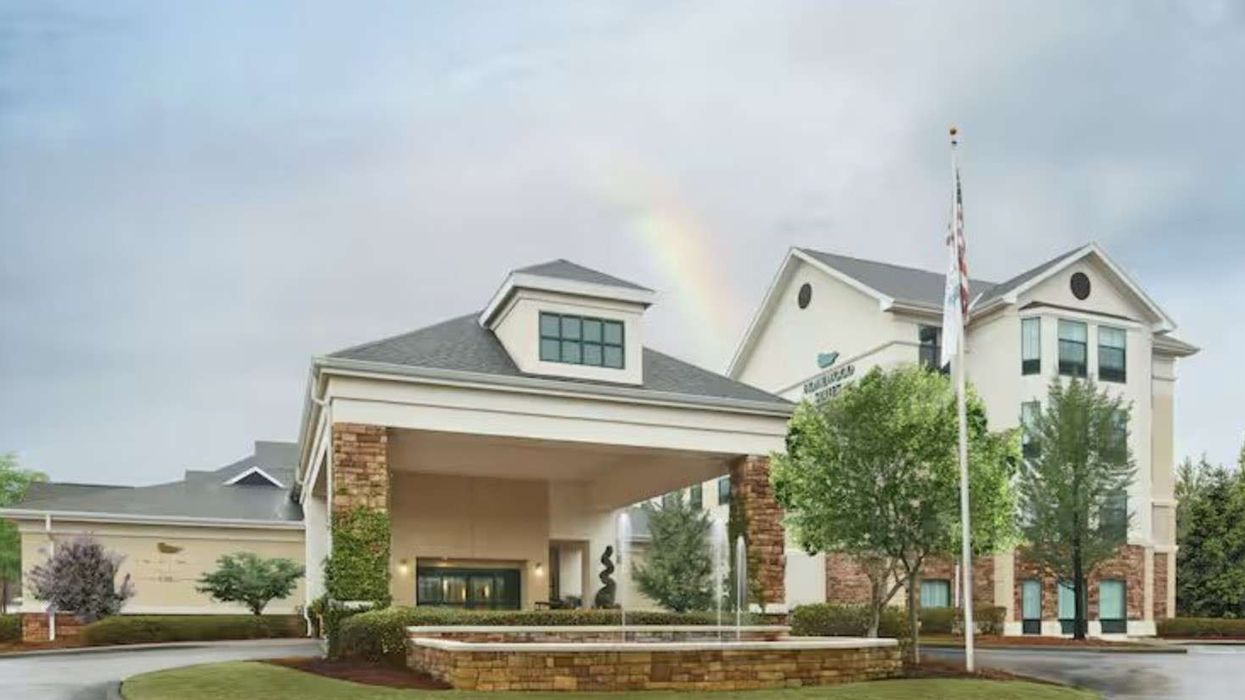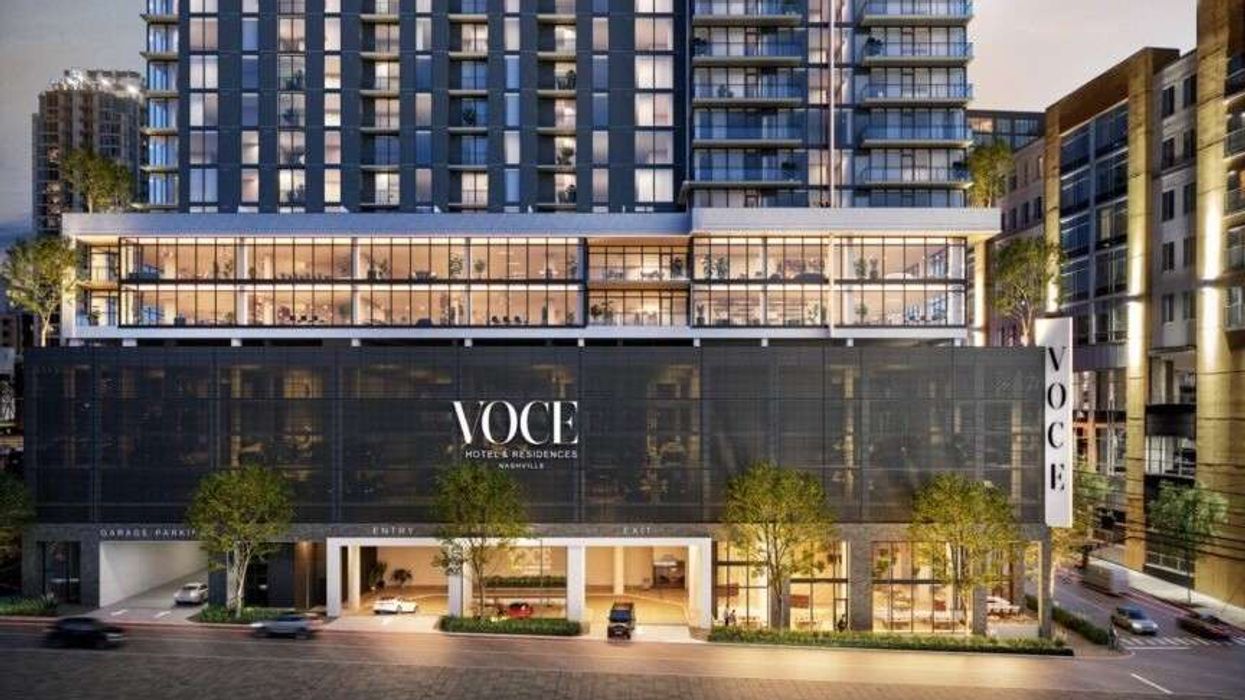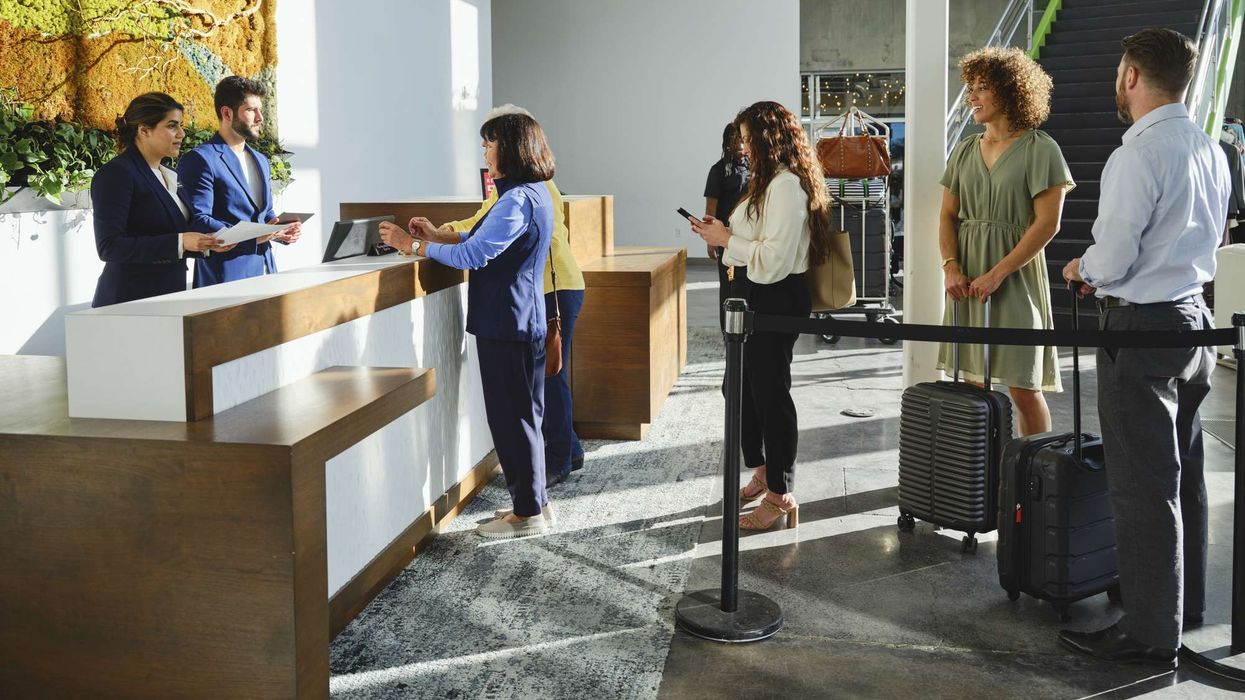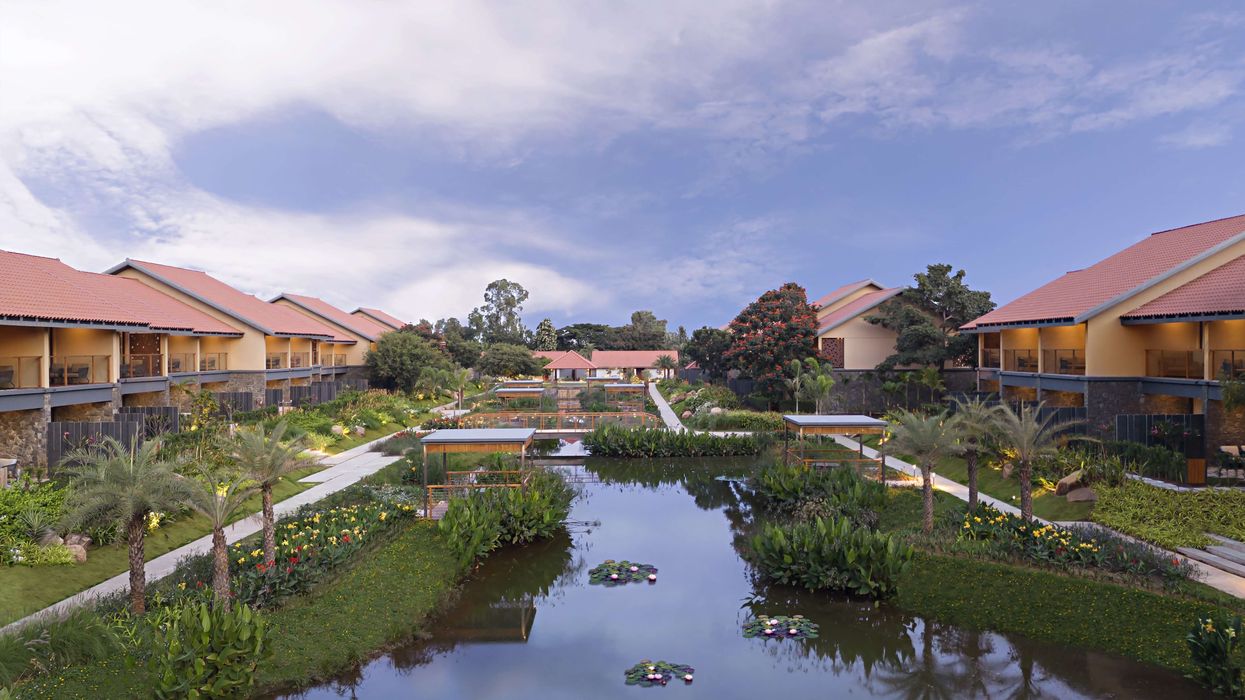The 2026 event will focus on helping hotel owners increase revenue, reduce costs and improve long-term performance in a changing landscape, AAHOA said in a statement.
"In Philadelphia, the birthplace of American independence, AAHOACON26 is where liberty, leadership and legacy come alive," said Kamalesh “KP” Patel, AAHOA chairman. "This event honors the hotel owners who built our industry while equipping the next generation to lead. From the Trade Show to educational sessions, the Collegiate Championship and networking opportunities, attendees will gain insights and connections for the future."
AAHOACON26 highlights include the Trade Show, with more than 500 exhibitors and brand partners; educational sessions on profitability, leadership and operations; the Independent Hoteliers Summit; the Helping Young Professionals Evolve program; the HerOwnership Luncheon & Session for professional growth and the Collegiate Championship, where student teams from top universities compete in real-world strategy and operations challenges, powered by Russell Technology Partnerships.
AAHOA Vice Chairman Rahul Patel will assume the chairmanship during the event. Elections also will be held for new officers.
Laura Lee Blake, AAHOA president and CEO, said the event brings together thousands of hotel owners and exhibitors under one roof.
"This year's sessions will deliver tools hotel owners can use immediately to strengthen margins and performance," she said. "Attendees will also experience the Independent Hoteliers Summit, HYPE programming and the HerOwnership Luncheon."
Nightlife and entertainment include the Welcome Reception with DJD on April 8, Stars, Stripes & Liberty Nights on April 9 and the Gala Celebration featuring Shankar–Ehsaan–Loy on April 10, the association said.
"As convention chairman, I'm excited to help create an event that combines education, networking and entertainment," said Rahul Patel, AAHOA vice chairman and convention chair. "AAHOACON26 gives hotel owners the insights and connections they need to succeed while honoring the legacy of our community."
More than 6,000 AAHOA members, their families and vendors attended AAHOACON25 in New Orleans last April under the theme "New Ideas, New Opportunities, New Orleans." Keynote speakers included Gurudev Sri Sri Ravi Shankar, comedian and author Zarna Garg and branding expert Rohan Oza.


